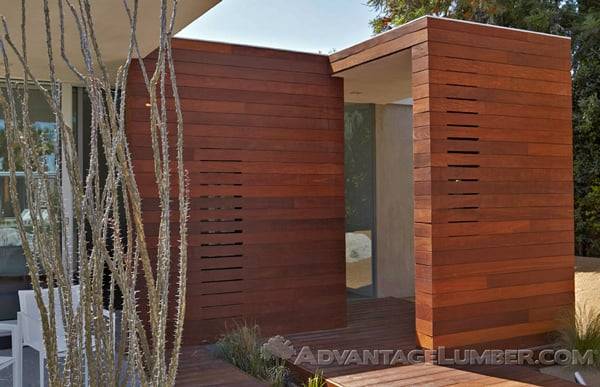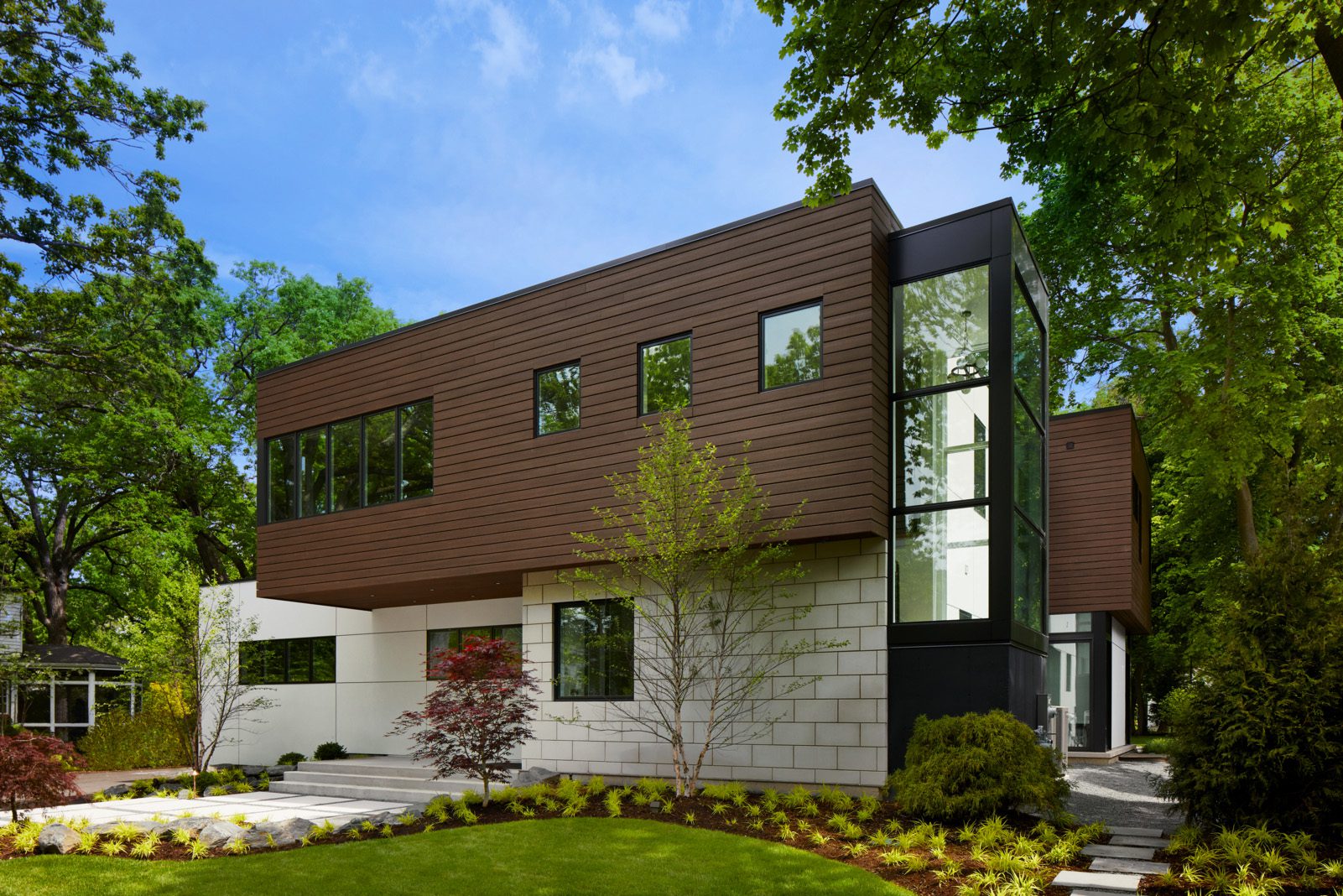
Advantage Rainscreen™ transforms the way you install wood siding. Traditional siding is installed via face screws and plugs. This process works well, but the gap between each board can allow the accumulation of water and moisture, leading to potential wood deterioration.
